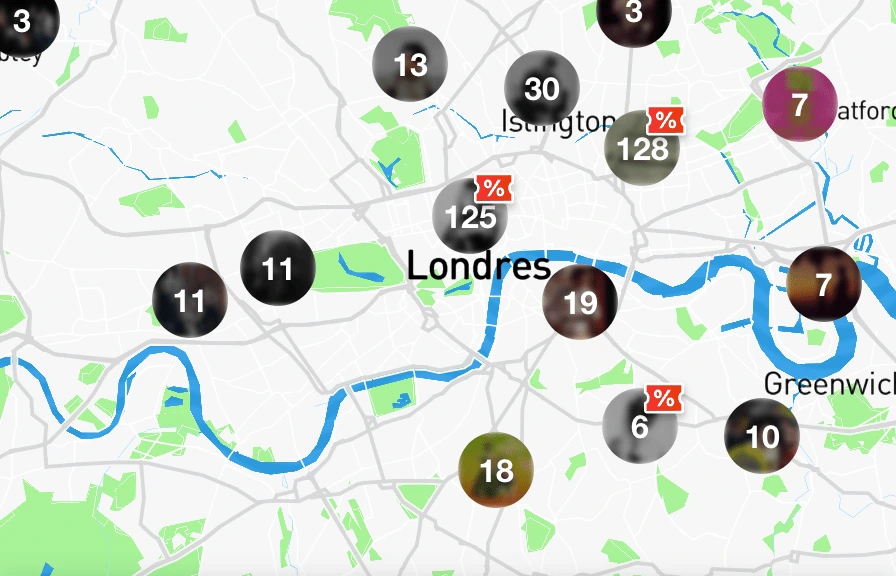


The History of Witchcraft and Feminism
Description
The image of a female witch, with broom and black cat serving the devil, is ingrained in pop culture. But where did this stereotype come from? The concept of witchcraft emerged slowly over the course of several centuries as a result of theological, intellectual, and cultural changes in ideas about demons and heresy.
Magical practices were varied - including love magic, healing, and various forms of prognostication. And it certainly wasn’t always associated with women. In fact, more ‘sinister’ magic like necromancy - which relied heavily on the power of demons - was mostly done by men. This type of magic involved a lot of education that simply wasn’t accessible to women at the time. So how come this image of evil women practising magic - witches - came about?
This talk will use feminist approaches to the past to explore medieval changes in ideas about magic, gender, and heresy in order to better understand the emergence of witchcraft at the end of the middle ages. We will also look at witchcraft in relation to female sexuality and fears about women’s access to ritual power throughout history.
**Doors open at 7pm, talk starts at 7.30pm.**
**Follow us on IG @seedtalks**
Dr Jennifer Farrell is a lecturer in medieval history at the University of Exeter. With interests in both gender and the medieval supernatural, her research and teaching focuses on cultural developments and their relationship to socio-political changes in Western Europe during the middle ages.
Presented by Seed Talks
This is a 16+ event

